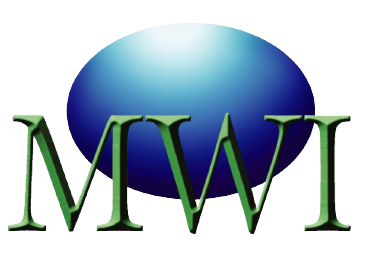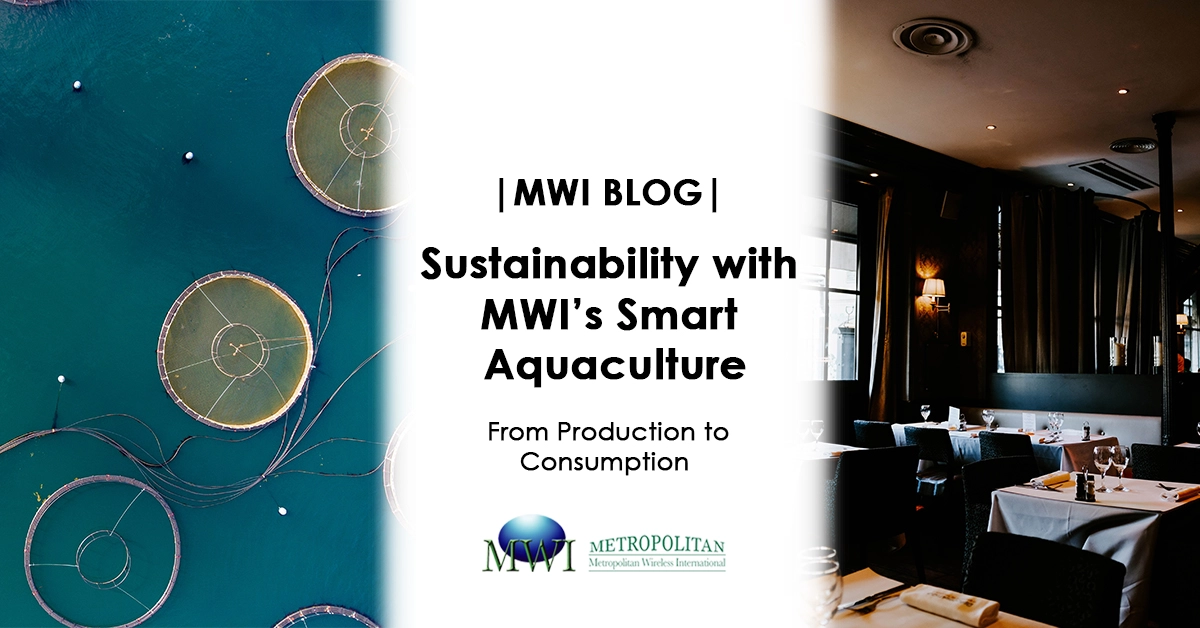Introduction
“Smart Aquaculture” refers to the application of advanced technologies and data-driven approaches in the aquaculture industry to enhance efficiency, sustainability, and productivity. It involves the integration of various technologies. uch as the Internet of Things (IoT), sensors, automation, data analytics, and artificial intelligence, to monitor and control aquaculture operations in a more precise and intelligent manner. This may include water quality farming systems.
Some Key Aspects of Smart Aquaculture
1. Monitoring and Automation:
Smart aquaculture systems use sensors to monitor various parameters such as water quality, temperature, dissolved oxygen levels, feed consumption, and fish behavior. Automation is employed to control feeding, water flow, and other critical processes, reducing manual labor and ensuring optimal conditions for the aquatic organisms. Monitoring of key parameters like temperature is also used to ensure food safety as the produce moves across the food chain from production to distribution to consumption.
AI is being used in fish farms for fish counting too. There are many aquaculture systems in Singapore that use AI to keep track of the number of fish.
2. Data Analytics and Predictive Models:
Collected data is analyzed using machine learning algorithms and predictive models to gain insights into the health and performance of the aquaculture system. This helps in making data-driven decisions, predicting potential issues, and optimizing the overall process.
3. Precision Farming:
Smart aquaculture allows for a more targeted and precise approach to farming, ensuring that resources like feed and energy are used efficiently, thereby reducing waste and environmental impact.
4. Remote Monitoring and Management:
Through the use of IoT and connected devices, aquaculture farmers can remotely monitor their operations, receiving real-time alerts and making adjustments as needed, even when they are not physically present at the site.
5. Environmental Sustainability:
By continuously monitoring water quality and conditions, smart aquaculture practices can better manage the impact of aquaculture on the surrounding environment, reducing the risk of pollution and disease outbreaks.
6. Improved Production and Yield:
Smart aquaculture techniques aim to optimize the growth and health of aquatic organisms, leading to higher yields and increased production efficiency.
7. Traceability and Quality Assurance:
The use of smart technologies allows for better traceability of the products throughout the supply chain, ensuring consumers of the quality and origin of the seafood they purchase.
How MWI's Smart Aquaculture has helped businesses:

MWI’s SMART AQUACULTURE solution has implemented the following to enhance sustainability across the food chain from Production to Distribution to Consumption for The Fish Farmer in Singapore.
- Water quality monitoring system to track dissolved oxygen level and temperature of marine environment.
- Temperature monitoring system in cold room, cold truck, freezers, chillers to ensure food safety
- Innovative first-of-its-kind automatic contactless stress-free fish monitoring application to monitor count and fish length in order to track fish growth & inventory and optimise resources like feed.
- Intuitive dashboard give real-time and predictive information on the condition of seafood across the food chain so that customer and consumers have peace of mind. This information can be accessed via a console or anywhere from a mobile device.
- Intuitive smartphone application to count the number of fish after harvest with the click of an image or video, thereby increasing productivity and replacing current time-consuming manual counting activity
All parameters are automatically sent to the AWS Cloud, which has built-in redundancy and scalability, where they are logged and processed. Alerts are sent as needed for abnormalities. Reports are automatically generated for audit submission and other reporting purposes. Predictive analytics give customers further peace of mind to anticipate, and thereby mitigate, the unknown future such as forecast of dissolved oxygen level in the sea in the next 24 hours.
With MWI’s Smart Aquaculture system, it is all about the 4 P’s;
- Productivity – No manual records
- Process – No missing records
- Predictability – No guesswork
- Peace of mind – No surprises


